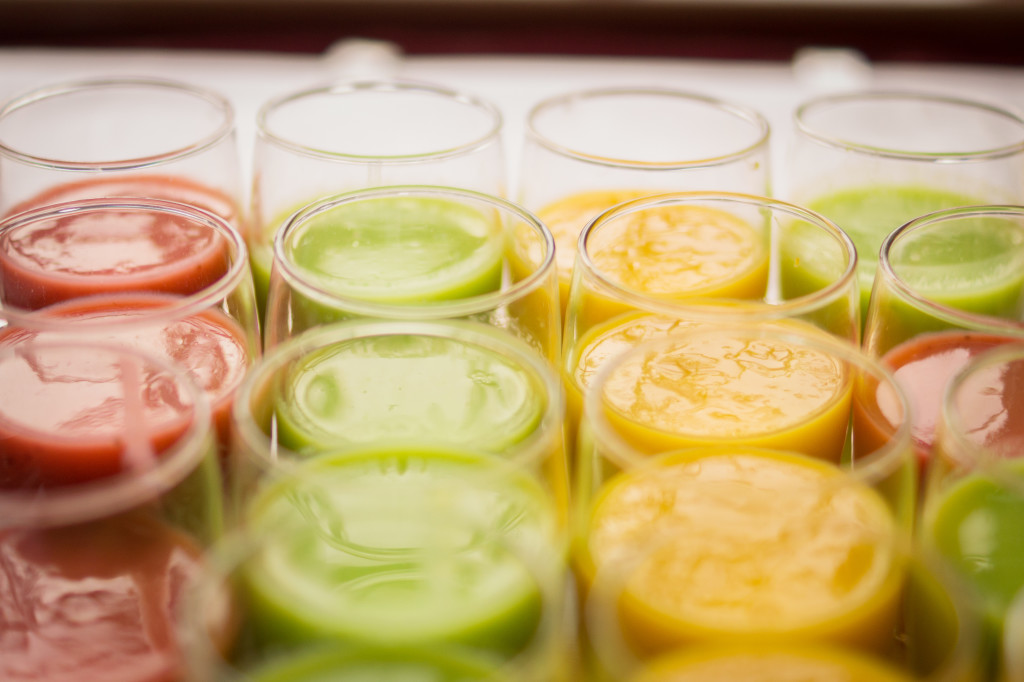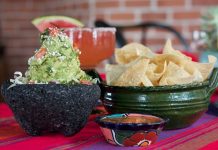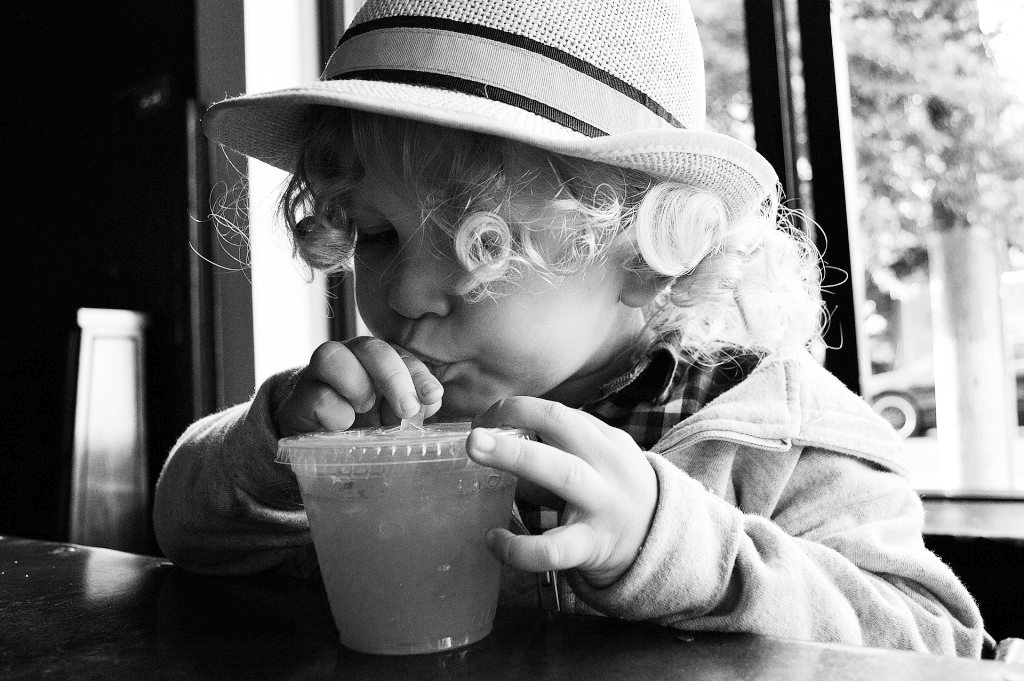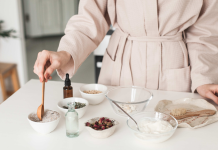Valentine’s Day is approaching and we are neck-deep in the candy-laden holidays that began way back on Halloween. While your kids might have visions of chalky conversation hearts dancing in their heads, I want to chat about a sweet something you might still have on hand long after you find the last chocolate heart wrapper shoved in a desk drawer somewhere… JUICE.
I’m frequently asked about 100% juice and if it’s really better for kids. In fact, my son’s preschool requires that any juice purchased for the classroom snack be 100% fruit juice.
And I get it- 100% juice seems like it’s got to be at least 90% more awesome than the stuff that’s only 10% juice, right?!
Let’s take a look. Quick science lesson:
Most of us have been taught to avoid high fructose corn syrup (HFCS) in juices and soft drinks. On average, fruit juices (including those sweetened with HFCS) contain a fructose concentration of about 45.5 grams per liter. That fructose number is important to remember- we’ll look at why in a sec.
 Now let’s compare that to 100% fruit juice. Without HFCS, we should expect the fructose content to be lower, right? In truth, a recent study found some 100% juice products pack in nearly 67 grams of fructose per liter.
Now let’s compare that to 100% fruit juice. Without HFCS, we should expect the fructose content to be lower, right? In truth, a recent study found some 100% juice products pack in nearly 67 grams of fructose per liter.
That’s more than a Coke.
But it’s natural sugar, right? It’s got to better for you, right?
Remember when I said that fructose number was important? The problem with fructose (from ANY source) is that it actually inhibits the body’s natural ability to regulate hunger and fullness correctly. That means kids become prone to excess snacking and keep eating because they are unable to determine when they are full. Not only is juice itself empty calories but the fructose is a factor that can contribute to overeating, leaving you with a little snack-o-saurus on your hands.
I know what you’re thinking- “Thanks for busting my 100% juice bubble. Now what?”
Fructose works best in the body when it’s in a whole food form- like in a whole piece of fruit. When you consider an apple for example, the fructose concentrations are kept much lower than what you’d find in a cup of apple juice (think about how many apples it takes just to get a glass of juice). Not to mention, fiber is critical because it delays the release of the sugar over time, allowing the body to regulate hunger normally.
With this is in mind, when it comes to fruity beverages, opt for whole fruit and veggie smoothies (without added juices). You might also want to check out some infused waters that have just a hint of fruit flavor to them. Fine tea retailers often carry caffeine-free, fruit-infused teas that older kids might enjoy as well.
Do you have a juice-free go-to? If so, please share!
For more healthy and nutritional tips visit me at Oh My Nosh! Nutrition Coaching.













ruh roh…